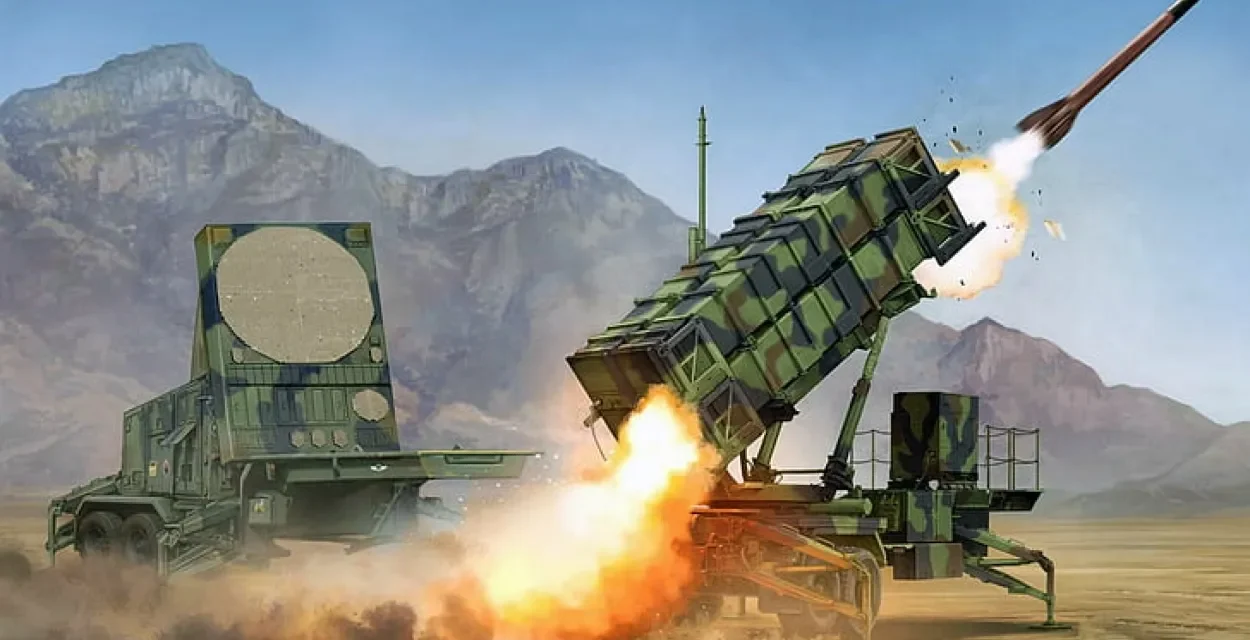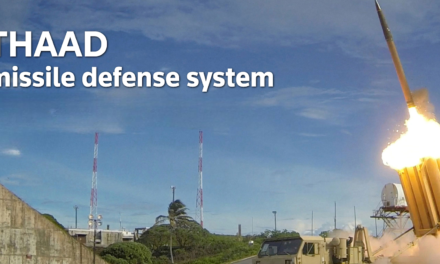The deployment of advanced missile defense systems in conflict-prone regions carries significant geopolitical implications that can influence regional stability, international relations, and security dynamics. These systems, while intended to protect against missile threats, can provoke concerns and reactions from neighboring countries and rival powers. Here’s an overview of the key implications:
1. Strategic Stability and Arms Race Dynamics
- Perceived Threat to Deterrence:
- Missile defense systems can undermine an adversary’s confidence in the effectiveness of their offensive capabilities, potentially destabilizing existing deterrence frameworks.
- Example: Russia views the U.S. deployment of missile defense systems in Europe as a threat to its nuclear deterrent.
- Arms Race Escalation:
- Nations may respond to missile defense deployments by developing more advanced offensive capabilities, such as hypersonic missiles, stealth technologies, or decoys.
- Example: China and Russia have invested heavily in hypersonic missile programs in response to U.S. missile defense systems.
2. Regional Security Dynamics
- Heightened Regional Tensions:
- Deploying missile defense systems in contested regions can escalate tensions among neighboring countries.
- Example: The deployment of the THAAD system in South Korea prompted strong opposition from China and Russia, citing security concerns over the system’s radar capabilities.
- Perceived Power Imbalance:
- Advanced missile defense systems may be seen as altering the regional balance of power, prompting adversaries to seek countermeasures or form alliances to offset the perceived advantage.
3. Deterrence and Reassurance for Allies
- Strengthening Alliances:
- Missile defense systems reassure allies by demonstrating a commitment to their security, reinforcing defense agreements.
- Example: NATO’s missile defense architecture integrates systems like Aegis Ashore to protect European allies from missile threats.
- Encouraging Dependence:
- Over-reliance on deployed missile defense systems might lead allies to reduce their own defense investments, creating longer-term dependency on the deploying nation.
4. Diplomatic and Economic Backlash
- Diplomatic Strains:
- Deployments can trigger diplomatic protests, economic sanctions, or trade restrictions from rival nations.
- Example: China imposed economic sanctions on South Korea following the deployment of THAAD, targeting South Korean businesses and tourism.
- Impact on Non-Proliferation Efforts:
- Perceived missile defense imbalances can weaken global arms control and non-proliferation agreements, as rival nations may withdraw or refuse to participate in negotiations.
5. Integration into Multinational Defense Strategies
- Encouraging Multilateral Cooperation:
- Missile defense deployments often lead to closer collaboration among allied nations, fostering joint operational capabilities.
- Example: NATO’s Integrated Air and Missile Defence (IAMD) enhances interoperability among member states.
- Risk of Fragmentation:
- Disagreements over deployment locations, costs, or operational control can strain alliances.
- Example: Some European countries have expressed reservations about U.S.-led missile defense initiatives in Europe.
6. Spillover Effects on Civil-Military Relations
- Civilian Protests:
- Locals in deployment areas may oppose missile defense systems due to concerns about militarization, environmental impact, or becoming a target during conflicts.
- Example: Protests erupted in South Korea over the installation of THAAD, citing fears of retaliation from China and North Korea.
- Militarization Concerns:
- Deployments may contribute to the perception of regional militarization, exacerbating fears of escalation during crises.
7. Cybersecurity and System Vulnerability
- Risk of Cyberattacks:
- Deployed systems may become targets for cyberattacks by adversaries, potentially compromising their effectiveness or leaking sensitive data.
- Example: Adversaries could attempt to hack missile defense systems to disable them during a conflict.
- Global Cybersecurity Implications:
- Such deployments often necessitate heightened international collaboration to protect integrated networks from cyber threats.
8. Potential for Escalation During Crises
- Pre-Emptive Strike Risks:
- Adversaries may view missile defense systems as a precursor to offensive operations, prompting pre-emptive strikes during crises.
- Example: An adversary might target radar systems or launchers to neutralize missile defense capabilities early in a conflict.
- False Sense of Security:
- Overconfidence in missile defense systems could lead to riskier strategies or reduced diplomatic efforts to resolve conflicts peacefully.
9. Technological and Strategic Concerns
- Export Control Sensitivities:
- The transfer of advanced missile defense technologies to allies can raise concerns about proliferation or misuse.
- Example: The U.S. closely monitors the export of systems like Patriot and THAAD to ensure their use aligns with strategic goals.
- Technological Spillovers:
- Adversaries may exploit deployments to study and develop countermeasures, potentially weakening the system’s effectiveness over time.
10. Case Studies of Geopolitical Implications
A. THAAD in South Korea
- Deployment to counter North Korean missile threats faced backlash from China, which argued the system’s radar could monitor Chinese military activities.
- Resulted in strained economic ties and diplomatic tensions between China and South Korea.
B. NATO Missile Defense in Europe
- Designed to protect against threats from the Middle East but viewed by Russia as undermining its nuclear deterrence.
- Contributed to heightened tensions between NATO and Russia.
C. Iron Dome (Israel)
- Praised for its effectiveness in protecting civilian areas from short-range rocket attacks.
- Its deployment and funding, partially supported by the U.S., are seen as a symbol of U.S.-Israel strategic ties, but it also exacerbates regional tensions with groups like Hamas.
Conclusion
The deployment of advanced missile defense systems in conflict-prone regions has profound geopolitical implications, balancing the need for security with the risk of escalating tensions and destabilizing arms dynamics. While these systems can deter adversaries and reassure allies, their strategic impact must be carefully managed to avoid unintended consequences such as arms races, diplomatic fallout, and regional instability. Strategic dialogue, multilateral cooperation, and transparency are essential to mitigate these challenges and ensure missile defense deployments contribute to long-term security and stability.
Hashtags
#MissileDefenseAndGeopolitics #GeopoliticalDefenseStrategies #DefenseInConflictZones #MissileSystemsAndPolitics #GlobalDefenseTensions #RegionalSecurityAndStability #RegionalDefenseImpact #ConflictZoneSecurity #MissileDefenseForStability #StrategicDefenseDeployment #RegionalSecurityDynamics #GlobalPowerDynamics #GlobalSecurityBalance #MissileDefenseAndPowerShifts #StrategicDefenseImpacts #DefenseTechnologyAndGeopolitics #SecurityInConflictRegions #AlliancesAndPartnerships













